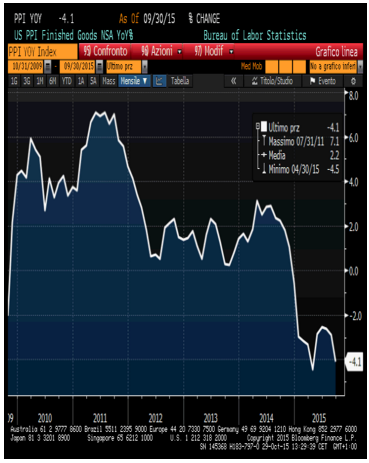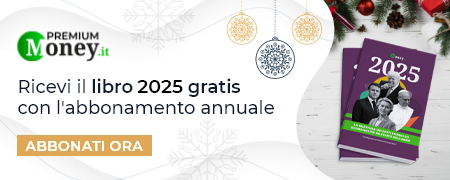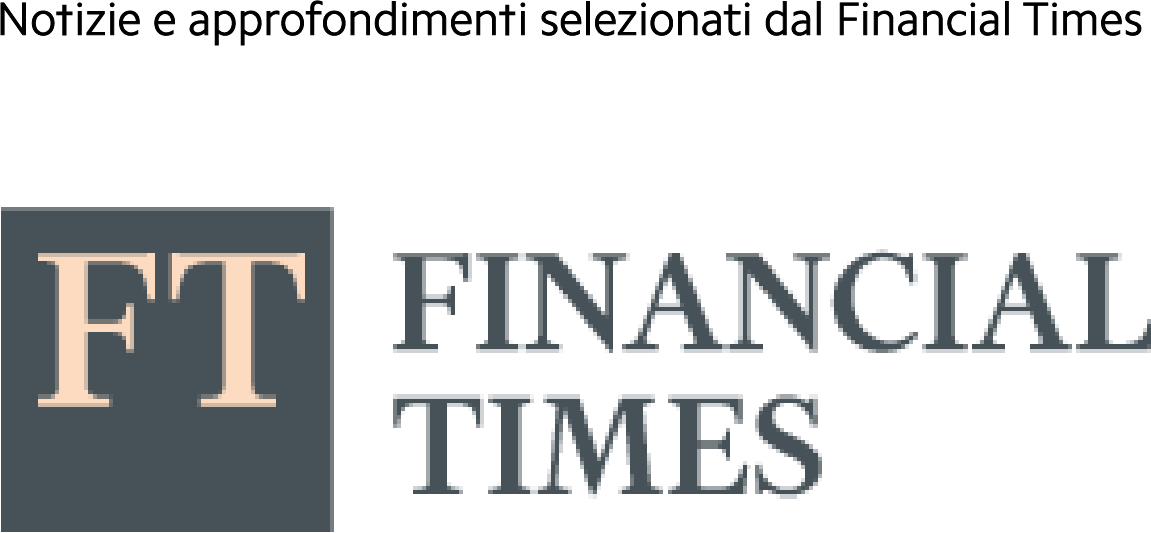The Federal Reserve will not raise interest rates by year’s end, despite yesterday FOMC statements. That’s why the Fed will wait until 2016.

Well, you know, until the first half of September, it seemed to me a sure bet: the Federal Reserve would raise interest rates by year’s end. But today I think in a contrary way. And now, after the conclusion of FED’s meeting yesterday, I have some doubts that the Fed will start raising rates before next year, from the record lows where they’ve stood since 2008.
What’s changed in my mind ?
Firstly I see a global economic slowdown, led by China, that’s inflicted wide-ranging consequences: U.S. job growth has flagged. Wages and inflation in USA are subpar. Consumer spending is sluggish. Home sales have flattened. Investors are nervous. And manufacturing is being hurt by a stronger dollar, which has made U.S. goods pricier overseas.
I think you have read how a strong dollar hit third quarter profits of US industrial firms. So, the economic data has gotten weaker, and the Fed is farther away from achieving its target on inflation, if you look at PPI last numbers released as of Sept. 30 (-4.1% YoY ).

US Producers Price Index 2000-2015
GDP data are not in a better shape: today Bureau of Economy Analysis released 3rd Q preliminary numbers and US GDP grew at 1,5% YoY against 1,6% expectations.
I think that the greatest risk at the moment is the slowdown in China and other emerging markets and what impact that slowdown will have on the U.S. economy. The real effects on US economy are yet to come in the near future.
Obviously, a rate hike at the central bank’s next meeting in December is still possible, but this would have also negative effects on Euro/dollar cross rate for US Exporters: The euro slumped to a two-month low against the U.S. dollar late Wednesday evening, at 1.0898, after the U.S. Fed revived the possibility of an increase in interest rates at the December meeting. A weaker currency would be a potential help for a euro zone suffering a slump in demand for its products as well as feeble inflation.
For months, policymakers had sounded generally confident that the economy was improving consistently in USA, despite a global economic slowdown, and they thought USA soon would no longer need the support of ultra-low rates. The Fed had cut its benchmark rate to near zero during the Great Recession to encourage borrowing and spending and, after that, started a QE to support consumer spending.
Hiring had since then risen sharply, consumers were spending and the housing market was steadily recovering. When 2015 began, midyear seemed a likely time for the first rate hike in nearly a decade.
But after a harsh winter slowed growth, in March the consensus view for a rate hyke shifted to September.
Then in August, China announced a surprise devaluation of its currency that rocked markets and escalated fears that the world’s second-largest economy was weaker than thought and could derail the growth in the United States.
Uncertainty was too high, VIX index climbed to 40% in August 24th and Fed officials decided not to hike rates in September. Since then, the outlook has dimmed further with a hiring slowdown, tepid retail sales and factory output and a pause in the housing recovery.
I have no doubt that now inflation is the biggest obstacle for the FED’s lift off in monetary policy.
The Fed has essentially achieved only one of its mandates — to maximize employment — as the unemployment rate has reached a seven-year low of 5.1 percent.
But it’s much further from its other mandate — to stabilize prices.
You know that Its inflation target is 2 percent (very close to that of ECB); anything less could signal economic weakness. Yet a price gauge the Fed tracks has stayed below 2 percent for three years and has recently slowed further, reflecting cheaper energy and a stronger dollar, which depresses import prices.
The Fed has said it will start raising rates once it’s «reasonably confident» inflation will return to 2 percent within two to three years. Yellen has said that confidence should be boosted by a stronger job market, which will help raise the workers’ pay.
But this month, two Fed board members — Lael Brainard and Daniel Tarullo — questioned the link between falling unemployment and higher inflation. Both expressed doubts about whether the timing would be right for a rate hike this year, because you can have low unemployment with low inflation at the same time. This is the unusual situation in USA now.
In addition, this week’s Fed’s meeting has occurred just as other major central banks — from Europe to China and Japan — are pursuing their own low-rate policies. Against that backdrop, a Fed rate hike would boost the dollar’s value and thereby squeeze U.S. exporters of farm products and factory goods by making them costlier overseas. By raising interest rates, FED would act like a bull in a China Porcelaine Store.
And that wouldn’t help US economy.
© RIPRODUZIONE RISERVATA




